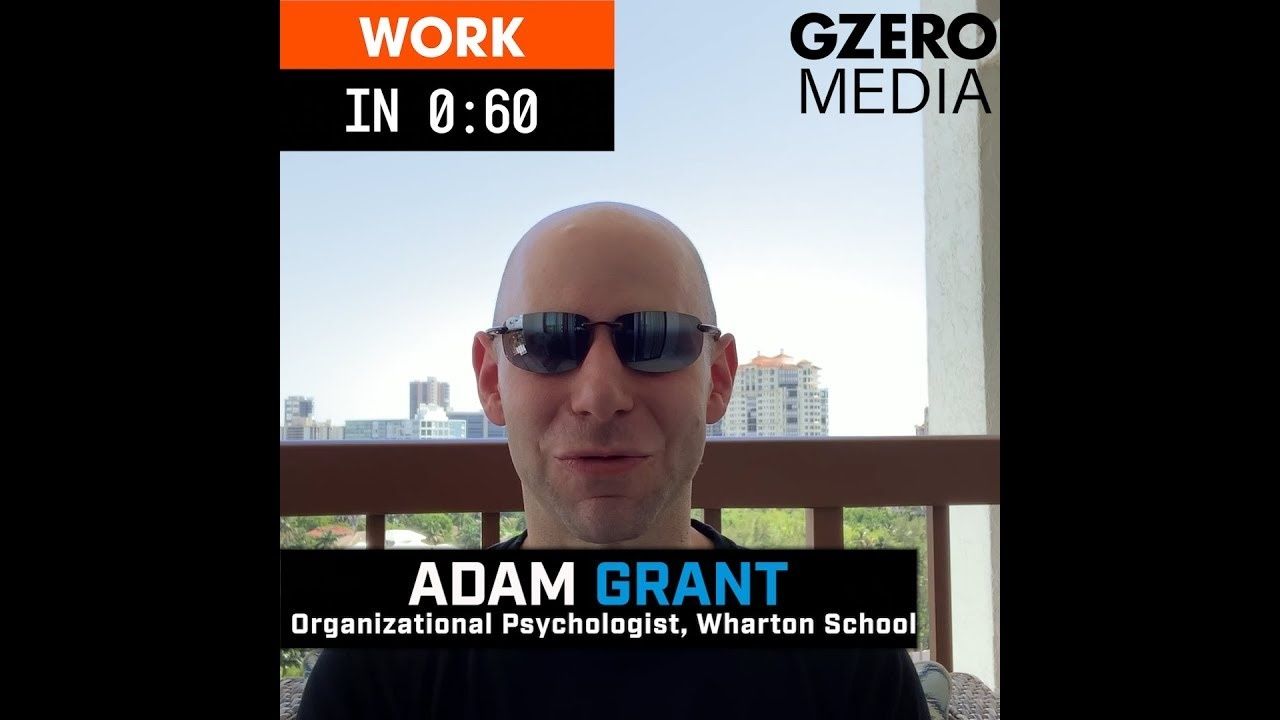
When somebody pitches a new idea with a lot of confidence, should you trust them?
It depends on where they sit in the hierarchy. In a rigorous new study, managers actually overestimated the value of their own ideas by 42%. Whereas employees underestimated the value of their own ideas by 11%. Managers were overconfident. As they gain power, they privilege their own perspectives. Whereas employees were a little under confident. They said, "Well I don't really know what I'm doing and they second guess themselves." I think that means that managers need to stop falling in love with their own ideas and start listening to the people below them.
One of the easiest ways to do that is to run an innovation tournament - a contest for new ideas. A great example comes from Dow Chemical. They could put out a call for ideas and said we're trying to save energy and reduce waste. We'll take any proposal that costs no more than $200,000 US and it has to be able to pay for itself within a year. Over a decade, they ended up investing in 575 ideas that were submitted into that tournament. And on average they saved the company 110 million U.S. dollars per year. And most of those ideas did not come from people in creative jobs. Often it was an employee on a factory floor who saw something broken and had an idea for how to fix it. But didn't run with it until the tournament was opened. And I think managers ought to run more of those contests.